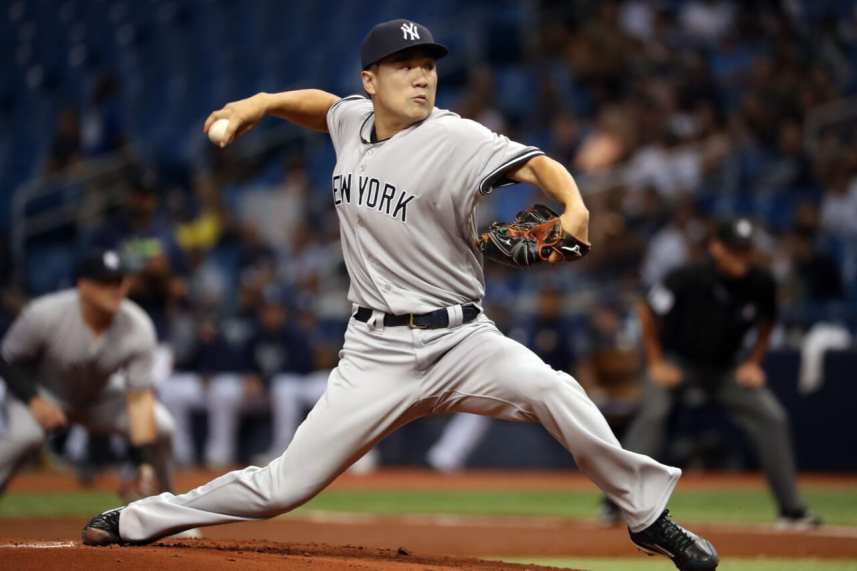
Masahiro Tanaka is the longest-tenured starting pitcher for the New York Yankees ever since the team signed him in 2014 to a seven-year, $155 million contract. Despite having shaky starts here and there, Masahiro Tanaka has been very valuable for the Yankees and is a big reason for the team’s recent success.
Even though Tanaka doesn’t rank with the premier pitchers in the MLB in terms of regular seasons statistics, his postseason numbers sure do – and that’s what truly matters. In four years appearing in the postseason while pitching in six different series, Tanaka holds a 1.76 ERA in eight games started. To put Tanaka’s numbers into perspective, star-pitcher Stephen Strasberg has also appeared in six series and holds a 1.46 ERA in the postseason. Jacob DeGrom has appeared in three series and holds a 2.88 ERA during the postseason. There’s an argument for sample sizes, teams they were playing, etc. but stats don’t lie and Tanaka’s postseason number is up there with some of the MLB’s current bests.
What allows Tanaka to be so effective?
For starters, I believe that any pitcher that comes from the Japan league automatically has an advantage on MLB hitters. The Japanese style of pitching is completely different than American pitching. Any difference in the release of the ball can confuse and fool hitters. Even though Tanaka has been in the league for some time now, I think his motion and the way he releases the ball allows him to still dominate.
The biggest reason that Tanaka is able to still be effective for the New York Yankees is because of his strong command on his splitter. According to FanGraphs, in 2019, Tanaka threw his splitter 26.9% of the time compared to his fastball which he threw 30.6%. He throws his splitter on average 87mph which is only 3-4mph slower than his fastball. Teammate Tommy Kahnle also has success from his above-average offspeed pitch. When a pitch like a splitter, changeup, slider, or cutter, is comparable to your fastball velocity, you’re going to get a ton of swing-and-misses and weak contact.